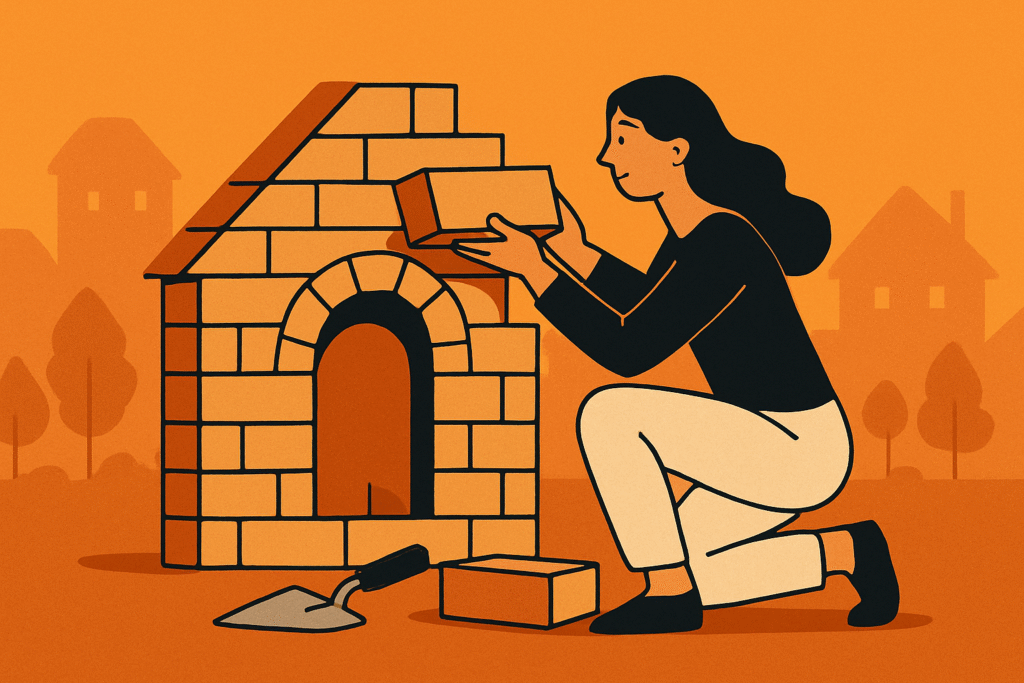
Imagine fixing up your room before exam week. You clear the desk, pin a schedule on the wall, and set a water bottle by your chair. A few days later, you’re studying longer, taking fewer breaks, and even sleeping better. Your tiny redesign didn’t just make the room nicer—it changed how you behave. Odling-Smee, Laland, and Feldman employ a similar concept for living things: organisms not only adapt to their surroundings, but also alter those surroundings in ways that matter for the future. They call this “niche construction,” and it means life is a two-way street between creatures and the environments they help shape.
According to the authors, animals and plants are constant remodelers. Worms mix and move soil so much that they alter its structure and chemistry over generations. Social insects build nests that later push the evolution of behaviors for keeping those nests safe, clean, and at the right temperature. Even plants tweak the world by shifting soil nutrients, humidity, or fire patterns, and some species evolve to rely on the very conditions they helped create. In everyday terms, it’s like generations of students leaving better notes, habits, or clutter for the next class—what’s left behind shapes what’s likely to happen next.
This remodeling has consequences that go beyond genes alone. Parents and ancestors can pass down “ecological inheritance”—not just DNA, but altered surroundings that change what traits are useful. Think of a cuckoo laying eggs in a host’s nest: that parental choice hands the chick a different set of challenges and advantages, which can steer which traits thrive. Sometimes there’s a delay: one set of genes changes the environment first, and only later do other genes catch up, creating “evolutionary momentum.” There are also indirect gene interactions: what one species does can change how another’s genes show up, like worms improving soil in ways that boost plant growth. For a human-scale analogy, a campus that adds more bike lanes may, over time, favor students who invest in cycling gear and habits—choices today shaping which skills and tools pay off tomorrow.
The big takeaway is practical: shaping your surroundings is part of shaping yourself. The authors even note that learned and cultural behaviors can initiate new selection pressures—such as birds learning to open milk bottles, which could make digestive or learning traits more valuable. Mutual “win-wins” can also start as by-products: animals that spread seeds while eating fruit help plants, nudging both sides to lean into the partnership. In daily life, curate your “niche” on purpose: set up study spaces that invite focus, pick routines that make healthy choices the easy default, and build group norms that future-you will inherit. Adaptation isn’t only about coping with what’s out there; it’s also about the feedback loops you create through what you build, protect, and pass on.
Reference:
Odling-Smee, F. J., Laland, K. N., & Feldman, M. W. (1996). Niche Construction. The American Naturalist, 147(4), 641–648. https://doi.org/10.1086/285870
Privacy Notice & Disclaimer:
This blog provides simplified educational science content, created with the assistance of both humans and AI. It may omit technical details, is provided “as is,” and does not collect personal data beyond basic anonymous analytics. For full details, please see our Privacy Notice and Disclaimer. Read About This Blog & Attribution Note for AI-Generated Content to know more about this blog project.